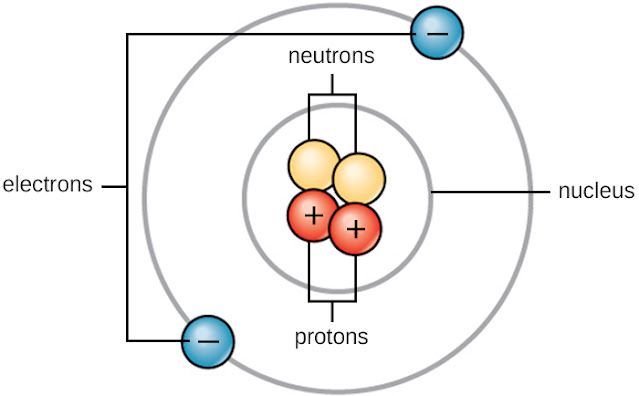Electric charges have 2 signs: positive(+) and negative(-). The same charges repel while opposite charges attract.
How does a particle or an object get charged? Well, the atom consists of neutral neutrons and positive protons packed in the central nucleus with negative electrons orbiting around the nucleus.
When the number of electrons is higher than the number of protons, the particle becomes negatively charged. And when number of protons is higher than the number of electrons, the particle becomes positively charged.
When particles bond together, the electrons that aren't used in the said bond become conduction or free electrons that are free to roam while leaving positively charged particles. This material is called a conductor. Some examples of a conductor include metals, water, and the human body.
If the material has barely or any free electrons it is said to be an insulator. Some examples of an insulator are plastic, fabric, and glass.
Semi-conductors are somewhat in-between conductors and insulators in terms of conductivity and their properties can be altered using doping(changing their material content) or changing the temperature.
Super-conductors on the other hand have no problem conducting any electricity, hence the name "Super".
Coulomb’s Law is the formula used to find the electrostatic force exerted by the point charge.
When there are n charged particles, they interact independently in pairs.








Comments
Post a Comment